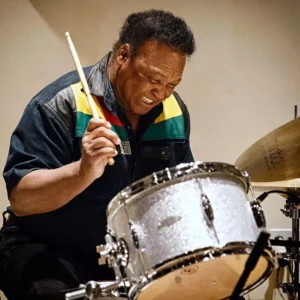In music, the term “pocket” is often used to describe a specific quality of rhythmic timing and feel in a performance, typically in the context of groove-based music such as jazz, funk, soul, and R&B. It refers to the tight, precise, and consistent rhythmic relationship between the different instruments or elements in a musical ensemble, creating a sense of cohesion and groove.
When a musical performance is said to be “in the pocket,” it means that the musicians are playing together with a tight sense of timing and groove, locking in their rhythms and accents in a way that feels unified and solid. The pocket is often associated with a groove or rhythm section, which typically includes instruments such as drums, bass, and rhythm guitar, as these instruments provide the foundation for the rhythmic feel of a piece of music.
Playing in the pocket requires a sense of precision, timing, and sensitivity to the other musicians in the ensemble. It involves maintaining a consistent tempo, staying in sync with the other musicians, and paying attention to subtle nuances of rhythm and groove. It also involves finding the right balance between playing tightly and staying relaxed, as the pocket can be described as a “sweet spot” where the music feels solid and unified without feeling overly rigid or stiff.
Musicians who are skilled at playing in the pocket are often highly sought after, as they contribute to the overall feel and groove of a musical performance, creating a sense of cohesion and energy that can captivate listeners and make the music come alive. Achieving a tight pocket requires practice, experience, and a keen ear for rhythm and groove, and it is an important aspect of many genres of music that rely on a strong sense of rhythm and groove as their foundation.
